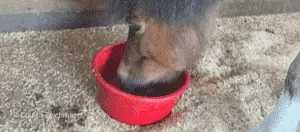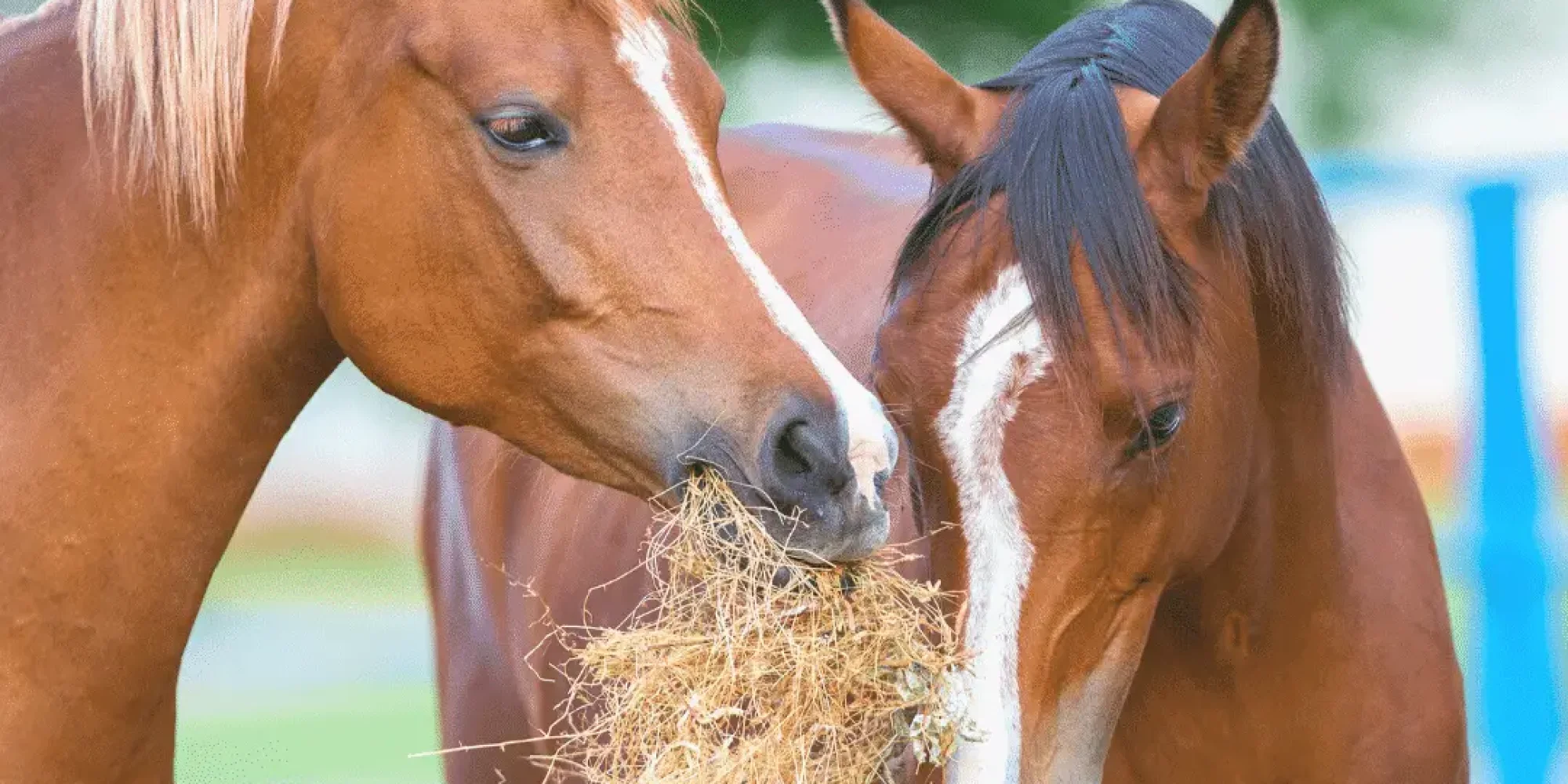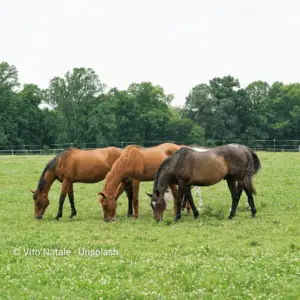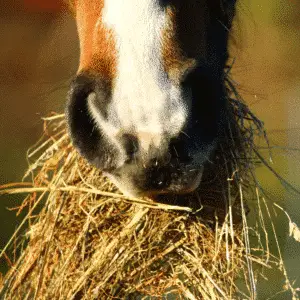
Supplements and Vitamins for Horses
Expert Advice: Kim Lina Pethahn, an independent feed consultant, wrote this article. Offering the Necessities

Expert Advice: Kim Lina Pethahn, an independent feed consultant, wrote this article.
The Nutritional Benefits of Good Hay
The quality in Hay can differ immensely. Different hay from different farmers, locations and more factors will offer different amounts of nutrients, minerals, trace elements and energy. What does a horse need and how much can you expect from the best hay that offers all of the benefits?
Protein, carbohydrates, fat, water, minerals, trace elements and vitamins are vital nutrients that the horse needs. Good quality hay contains sufficient amounts of these so that a horse in training or in light work can easily live on it alone when given sufficient quantities.
In general, good hay is so rich in calcium (5 to 7 grams per kilogram of dry matter) and phosphorus (2 to 3 grams per kilogram of dry matter) that it can easily meet the nutritional needs of an adult horse.
The magnesium content of hay can vary depending on vegetation composition, fertilization, plant availability and soil activity, but it also ranges from 1.5 to 2.9 grams per kilogram of dry matter. Covering magnesium requirements by feeding only hay cannot be guaranteed with certainty.
Nowadays, forage is most deficient in high-quality amino acids. This is usually due to hay being cut too late in the year. This makes the hay structurally rich, i.e. contains more long-stemmed stalks, but less protein. The smallest components of protein are amino acids. Plants can produce amino acids themselves. Animals, like horses and humans, need to obtain the essential amino acids from their food. High-quality protein contains many of the essential amino acids. Externally, a lack of essential amino acids can be seen in the muscles. If they’re not firm, even though the training hasn’t changed, a lack of amino acids should be suspected. To be sure, the hay can be sent in for testing.
The issue is that the soils, and therefore the plants that grow on them, are no longer as nutrient-rich as they used to be. In addition, the vegetation nowadays is usually quite one-sided. In the past, horses met their needs for trace elements, minerals and vitamins by selectively eating certain herbs. Today, that is rarely possible for domestic horses and the hay also hardly comes from land that is characterized by a great variety of vegetation. Minerals, i.e. bulk elements whose requirement is expressed in grams, and trace elements, which are measured in milligrams, are vital for the body because they perform various tasks in the metabolism. Activate enzymes as well as vitamins, hormones, etc. are nessecary for a horse’s body. They are for instance important for tissues, bone formation, oxygen transport and more bodily functions.
One kilogram of hay from early harvest contains up to 9 MJ of energy (equivalent to about 0.8 kg of oats). Late-harvest hay, on the other hand, contains only up to 6 MJ per kilogram (equivalent to about 0.5 kg of oats). When using concentrated feed, the maximum of starch is one gram of starch per meal and per kilogram of the horse’s weight. Part of the energy from concentrated feed can be replaced by oil. Here, one gram per day and per kilogram of the horse is considered the limit.
According to the Society for Nutritional Physiology, the energy requirement of a 600-kilogram warm-blooded horse kept in a stable is approximately 63 MJ. This is referred to as the maintenance requirement. If possible, this should be covered by the daily hay intake.
This means that a horse with an energy requirement of 63 MJ, with an energy content in the hay of 6 MJ per kilogram, must consume approx. 10 kg of hay. Corresponding additional energy requirements due to training, disease, pregnancy, etc. can also be covered to a certain extent by the hay if it is harvested early. If this is not the case, an additional feed such as hay cobs, alfalfa, beet pulp, oats, cereal or else can be used to cover the missing energy requirement.
To judge the quality of the hay, we need to activate our senses.
First – what color is the hay? High quality hay has a green color and gives off a “fresh” impression. If the color of the hay is rather pale and turns yellowish, it was probably harvested late, became wet during the harvest or has already been stored for a long time. The hay can be fed, but should not be the main consumption. After all, “you are what you eat” also applies to horses. In addition, faded hay usually has a lower nutrient content. Hay with a gray, black color is not suitable for feeding and should be tossed out.
Second – what does the hay smell like? Get close to the hay and smell it. If it smells pleasantly of hay it is of good quality. Any rotten smell can indicate mold or else.
Third – how does the hay feel? Does it feel slightly damp and uneven? Then it should be removed. Aside from the fact that damp hay can cause a fire, it will most likely be contaminated and full of bacteria. During production, it is simply unavoidable that a stone or a bit of soil gets into it. Nevertheless, you should make sure that the hay does not contain any impurities. If there is mold, the hay should not be fed under any circumstances and the entire bale of hay should be disposed of.
Download the app and try all premium features 7 days for free!

Expert Advice: Kim Lina Pethahn, an independent feed consultant, wrote this article. Offering the Necessities

Expert Advice: Kim Lina Pethahn, an independent feed consultant, wrote this article. Which are non-toxic

We have summarised everything you need to know about spring turn out to keep your

Expert Advice: Kim Lina Pethahn, an independent feed consultant, wrote this article. The Best Type

Expert Advice: Kim Lina Pethahn, an independent feed consultant, wrote this article. Having hay available

Expert Advice: Kim Lina Pethahn, an independent feed consultant, wrote this article. The Nutritional Benefits